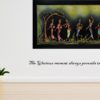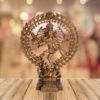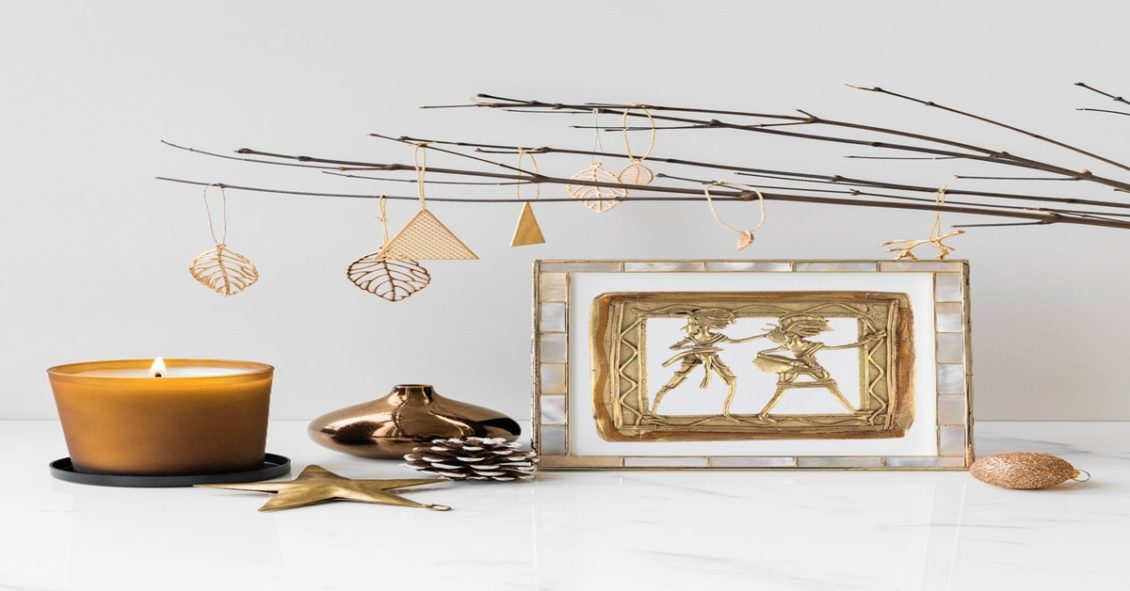
Here, in today’s blog we are talking about another distinguished tribal artwork, DHOKRA. The history of Dhokra surpasses more than 4,000 years. Practiced among eastern belt of India, dhokra art is believed to exist since Indus Valley Civilization.
Dhokra is a traditional non-ferrous metal casting using the last-wax casting technique. This technique of lost-wax casting is named after the Dhokra Damar tribe, traditional metalsmiths of West Bengal and Odisha.
Basically, the Dhokra tribe forged metal artwork, using the pendants used by the tribal womens more than 70-80 years ago.
The lost-wax casting comes as Solid and Hollow Casting. Solid casting, commonly found in southern parts of India are made using solid pieces of wax to create the mould while Hollow casting, based in central-eastern India follows traditional method and uses clay core.
The famous Dancing Girl and Tribal Goddess statuette found in Mohenjo-Daro was forged using lost-wax casting technique.
Dhokra artisans are of higher demand because of the art’s simplicity, dazzling metal motifs and lifelike structures. Most of the dhokra artwork impersonate religious personages, animals like horse, elephant, peacock and more.
The traditional and contemporary handmade Dhokra artwork are greatly appreciated in domestic and international marketing.
This kind of art is a much celebrated form of folk art, that decorates your home beautifully and accenture’s your wall mindfully.
Disclaimer: The art piece shown in main poster is obtained from Indianshelf.in

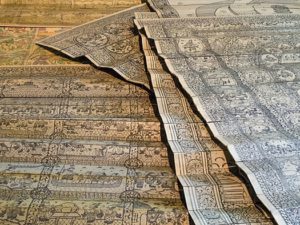
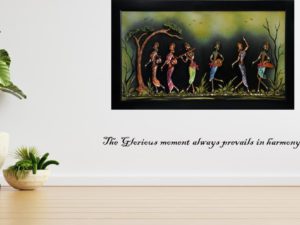
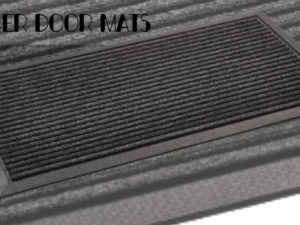
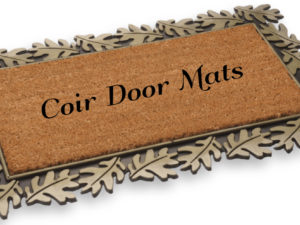
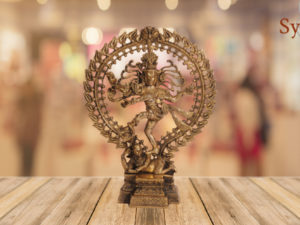
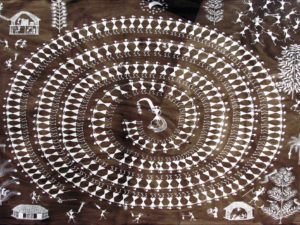
 A perfect Wall Décor Idea
A perfect Wall Décor Idea  Saura- A Renowned Tribal Art Form
Saura- A Renowned Tribal Art Form  An Aesthetic Look on Wall- Clay Art Painting
An Aesthetic Look on Wall- Clay Art Painting  Indigenous Dhokra Artwork
Indigenous Dhokra Artwork  Brilliant Bronze Idols for your Ideal Home
Brilliant Bronze Idols for your Ideal Home 